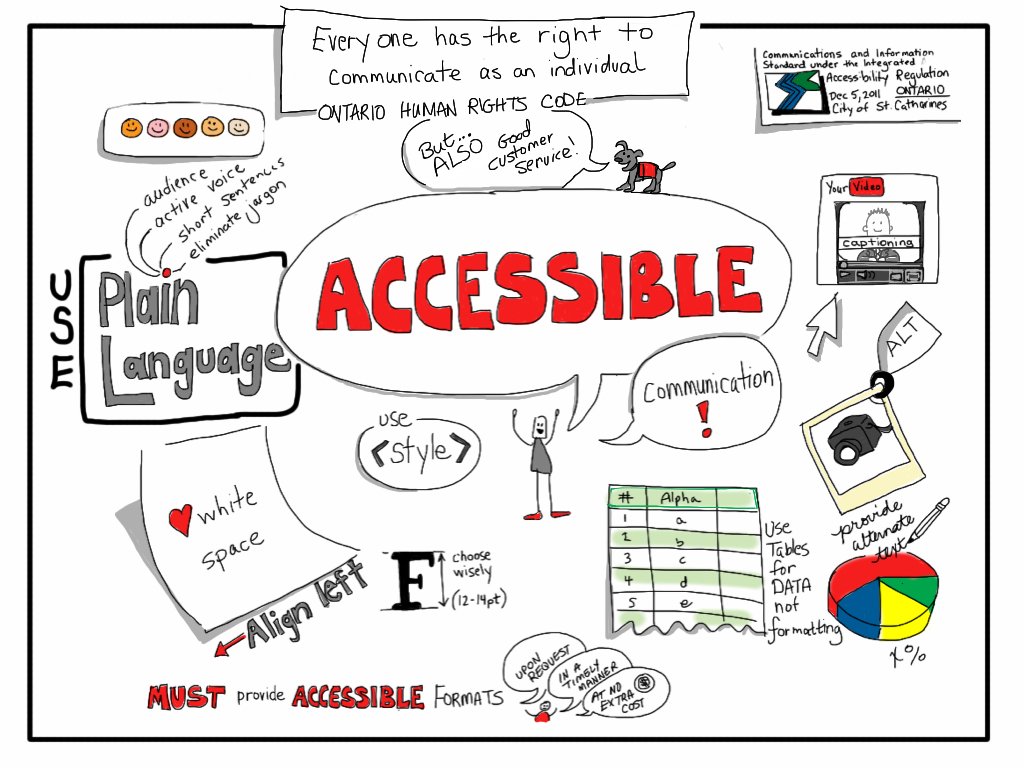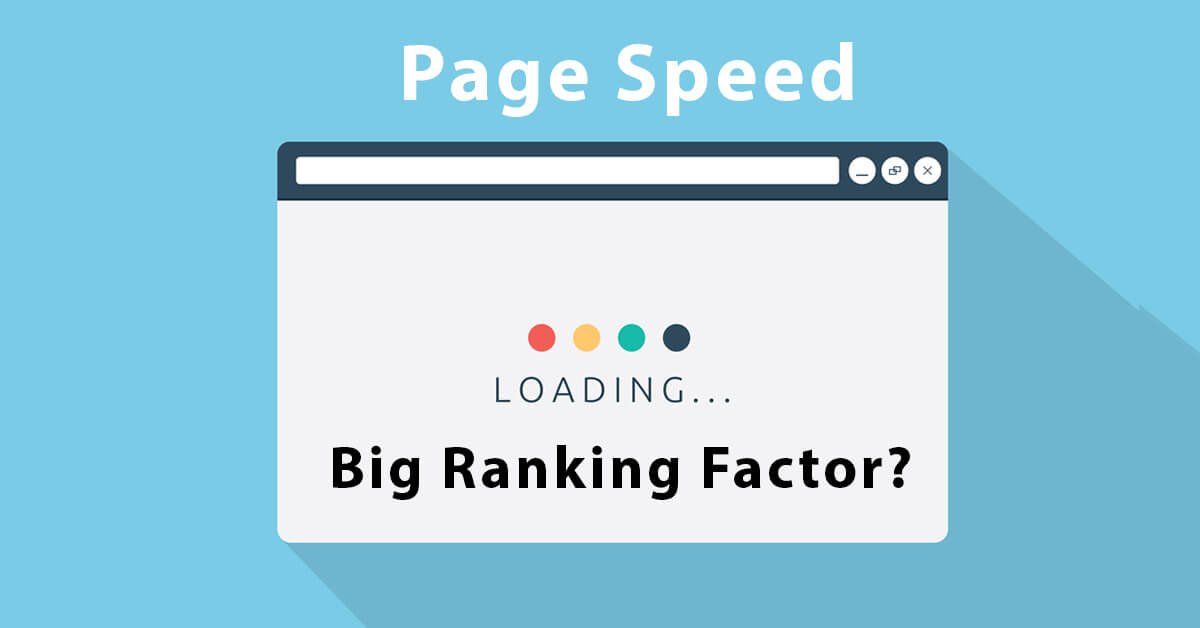Unlocking the secrets to successful search engine optimization (SEO) has long been a formidable challenge for digital marketers. However, there’s an often overlooked ingredient that can add an extraordinary boost to your website’s visibility in search engine rankings: the UX factor. In this fascinating exploration, we delve into the intrinsic connection between designing for an optimal user experience (UX) and the remarkable influence it exerts on SEO. Prepare to enter a realm where creativity meets neutrality, uncovering the critical influence of UX design on search engine optimization.
Table of Contents
- The Power of User Experience in SEO: Creating a Seamless Interaction
- Designing Intuitive Interfaces: Maximizing User Engagement and SEO Success
- Incorporating Accessibility Features: Enhancing User Experience and SEO Rankings
- Optimizing Website Speed: Providing a Seamless User Experience and Boosting SEO Performance
- Q&A
- Concluding Remarks

The Power of User Experience in SEO: Creating a Seamless Interaction
When it comes to designing a website, it’s not just about making it visually appealing. User experience (UX) plays a crucial role in determining the success of your site, and believe it or not, it greatly influences your SEO rankings. Think of UX as the foundation on which your website stands, and SEO as the fuel that propels it forward. Let’s explore how designing for seamless user experience can have a significant impact on your search engine optimization.
1. Reduced bounce rates: One of the essential factors Google considers while ranking a website is its bounce rate. A high bounce rate indicates that visitors are quickly leaving your site, which signals poor user experience. However, by crafting a website that provides a seamless and intuitive interaction, users are more likely to stay and explore your content. This not only reduces bounce rates but also increases the average time spent on your site, increasing its credibility in the eyes of search engines.
2. Improved user engagement: User engagement goes hand in hand with user experience. When visitors find your website easy to navigate and find what they need effortlessly, they are more likely to engage with your content. And why does this matter for SEO? Well, search engines consider user engagement metrics, such as click-through rates and social shares, as indicators of a website’s relevancy and usefulness. By designing for optimal user experience, you can encourage users to engage with your content, which ultimately boosts your SEO rankings.

Designing Intuitive Interfaces: Maximizing User Engagement and SEO Success
When it comes to website design, one factor that cannot be underestimated is the importance of user experience (UX). Designing with the user in mind not only enhances their journey on your site, but it also has a significant impact on your search engine optimization (SEO) efforts. Here’s how designing for user experience influences SEO:
- Improved Bounce Rates: A well-designed intuitive interface reduces the chances of users bouncing off your site. When visitors have a positive experience navigating your website and finding the information they need effortlessly, they are more likely to stay longer, decreasing your bounce rate. Search engines consider low bounce rates as an indication of a quality website, which can positively impact your SEO rankings.
- Higher Dwell Time: Dwell time refers to the amount of time users spend on your site before returning to the search results. By providing a user-friendly interface with engaging content and intuitive navigation, you can increase dwell time. When users find value in spending ample time exploring your site, search engines perceive it as a signal of relevance and authority, potentially boosting your SEO performance.
- Enhanced Mobile Experience: With the increasing use of mobile devices, optimizing your website for mobile is crucial. A seamless and intuitive mobile experience keeps users engaged and encourages longer sessions on your site. Additionally, search engines prioritize mobile-friendly sites in their rankings, so designing a responsive interface can significantly impact your SEO success.
By focusing on designing intuitive interfaces that prioritize user experience, you not only create a positive online journey for your visitors but also boost your SEO efforts. A harmonious balance between user engagement and SEO optimization will ultimately lead to increased visibility, higher rankings, and sustainable organic traffic.

Incorporating Accessibility Features: Enhancing User Experience and SEO Rankings
Having a user-friendly website is crucial not only for enhancing the user experience but also for improving your website’s visibility in search engine rankings. By incorporating accessibility features into your design, you can create a website that is not only accessible to all users but also optimized for search engine optimization (SEO). Here are a few ways in which incorporating accessibility features can enhance both the user experience and your website’s SEO rankings:
1. Improved User Experience: When you design your website with accessibility in mind, you make it easier for all users to navigate and interact with your site. This can greatly enhance the user experience and provide a more enjoyable and inclusive browsing experience. Design elements such as clear and consistent headings, descriptive alt text for images, and color contrast optimization can all contribute to a better user experience.
2. Search Engine Optimization (SEO) Benefits: Many accessibility features also align with SEO best practices. By making your website more accessible, you are indirectly optimizing it for search engines as well. For example, descriptive alt text for images not only helps visually impaired users understand the content, but it also provides valuable information to search engines. Similarly, using headings and subheadings properly not only improves readability for users but also helps search engines understand the structure of your content. The overlap between accessibility and SEO is a win-win situation, allowing you to improve the user experience while boosting your search engine rankings. So, by incorporating accessibility features into your website design, you not only create a more inclusive and user-friendly experience but also improve your chances of ranking higher in search engine results.
Optimizing Website Speed: Providing a Seamless User Experience and Boosting SEO Performance
Slow website speed can have a significantly negative impact on user experience and SEO performance. When it comes to optimizing website speed, it’s crucial to prioritize both aspects in order to provide a seamless user experience and boost your SEO performance.
1. Improved User Experience:
– Faster load times: A slow-loading website can be frustrating for users, leading to increased bounce rates. By optimizing your website speed, you ensure that your pages load quickly, providing a smooth and enjoyable browsing experience.
- Enhanced navigation: A fast website enables users to navigate through your site effortlessly, allowing them to easily find the information they’re looking for. This helps in increasing user engagement and overall satisfaction.
– Reduced waiting time: With faster website speed, users don’t have to wait for pages to load, resulting in a more efficient and time-saving experience. This can lead to improved user retention and increased conversions.
2. SEO Performance Boost:
– Search engine ranking factors: Website speed is an important ranking factor for search engines like Google. Faster websites are more likely to rank higher in search results, leading to increased visibility and organic traffic.
– Mobile optimization: As mobile usage continues to rise, optimizing your website speed becomes even more crucial. Mobile users have limited bandwidth and slower internet connections, so a fast-loading website can make a significant difference in providing a seamless mobile experience.
– Better crawlability: Search engine bots crawl websites to index their content. A slow website may result in incomplete crawling, leading to a negative impact on your SEO performance. By optimizing your website speed, you ensure that search engines can effectively crawl and index your pages.
In conclusion, optimizing website speed plays a vital role in providing a seamless user experience and boosting SEO performance. Faster load times, enhanced navigation, and reduced waiting time contribute to improved user satisfaction. Additionally, website speed is a crucial ranking factor for search engines, ensuring better visibility and higher organic traffic. By prioritizing website speed optimization, you can create a positive UX factor that positively impacts your SEO efforts.
Q&A
Q: What is the UX factor and how does it relate to SEO?
A: The UX factor refers to the user experience, i.e., how visitors perceive and interact with a website. It directly influences SEO by determining factors such as bounce rate, user engagement, and overall website usability, all of which have a significant impact on search engine rankings.
Q: Why is designing for user experience crucial for SEO success?
A: Designing for user experience is crucial because search engines like Google prioritize websites that provide positive experiences for users. If your website is not user-friendly, difficult to navigate, or slow to load, it will negatively affect the user experience, leading to lower search engine rankings and organic traffic.
Q: How does website usability affect SEO?
A: Website usability plays a fundamental role in search engine optimization. Ease of navigation, clear call-to-actions, and intuitive design make it easier for users to find the information they seek. If users are frustrated or confused while navigating your website, they are more likely to leave quickly, increasing your bounce rate. High bounce rates can signal search engines that your website does not provide relevant or valuable content, thus lowering your organic search rankings.
Q: Can a well-designed UX lead to higher user engagement and longer average session durations?
A: Absolutely! A well-designed user experience can captivate and engage visitors, keeping them on your website for extended periods. By implementing intuitive design principles, appealing visuals, and interactive elements, users are more likely to explore your website and find value in it. Increased user engagement and longer average session durations will send positive signals to search engines, indicating that your website is impactful, relevant, and worth ranking higher on search results pages.
Q: How can a responsive design drive SEO performance?
A: Responsive design refers to designing websites that provide a seamless experience across various devices and screen sizes. Search engines favor responsive websites as they eliminate the need for separate mobile or desktop versions. By adopting a responsive design, you ensure that your website looks and performs well on all devices, improving user experience. A positive user experience leads to lower bounce rates, increased time on page, and ultimately, improved SEO performance.
Q: Are there any specific UX elements that can enhance SEO?
A: Yes, several UX elements can enhance SEO performance. Some essential ones include clear and concise webpage titles, informative meta descriptions, easy-to-use navigation menus, fast loading times, visually pleasing layouts, and engaging content. Each of these elements contributes to creating a positive user experience, ultimately boosting your website’s search engine rankings.
Q: How can user feedback and testing assist in optimizing the UX for SEO?
A: User feedback and testing are vital for optimizing the UX for SEO. By monitoring how users interact with your website, you can identify pain points, understand their needs, and make necessary improvements. Conducting A/B testing, heatmaps analysis, and usability testing allows you to gather valuable data on user behavior, which can inform redesign decisions to enhance both the user experience and SEO performance.
Q: In summary, what should website owners remember about the UX factor and its influence on SEO?
A: Website owners should remember that the UX factor is a crucial component of SEO success. Designing for user experience not only pleases visitors but also satisfies search engines’ criteria for ranking websites. A well-designed UX with intuitive navigation, responsive design, engaging content, and fast-loading pages can greatly enhance SEO performance, increase organic traffic, and ultimately contribute to the overall success of their website in search engine rankings.
Concluding Remarks
In conclusion, we can confidently assert that the UX factor is an undeniable force that not only enhances user satisfaction but also significantly influences SEO performance. By taking a user-centric approach to design, businesses can create websites and applications that forge deep connections with their audience, fostering trust, engagement, and ultimately, conversion.
Designing with user experience in mind encompasses various elements, from intuitive navigation to visually appealing aesthetics and seamless interaction. These fundamental principles not only make the user’s journey more enjoyable but also indirectly impact search engine optimization.
As search algorithms evolve to prioritize user satisfaction, search engines like Google increasingly emphasize UX signals as ranking factors. This shift has made it more crucial than ever for businesses to prioritize user experience in their design process. By focusing on delivering value, catering to user needs, and providing a delightful online experience, brands can align their objectives with those of search engines, solidifying their online presence and improving their visibility in search rankings.
Moreover, a user-friendly design and intuitive interface make it easier for search engine crawlers to navigate and understand the website’s content. Clear site structure and well-organized information architecture improve crawling efficiency, allowing search engines to index webpages more effectively. This, in turn, positively impacts the website’s visibility in search results.
Beyond these technical aspects, the UX factor holds the power to generate organic endorsements in the form of backlinks, social shares, and positive user reviews. When users genuinely enjoy their experience on a website, they are more likely to recommend it to others or share it on social media platforms. These user-generated signals act as endorsements, indicating to search engines that the website provides valuable content and is worthy of higher rankings.
In summary, the interplay between user experience design and SEO is not a mere coincidence. It is a symbiotic relationship where enhancing user satisfaction directly influences search engine visibility and performance. Brands that recognize the significance of the UX factor and invest in designing remarkable online experiences will enjoy the rewards of improved organic traffic, higher conversions, and a stronger online presence.
So, embrace the UX factor, let user experience guide your design decisions, and witness the transformative power it holds in shaping not only your website’s success but also its standing in the vast digital landscape.

